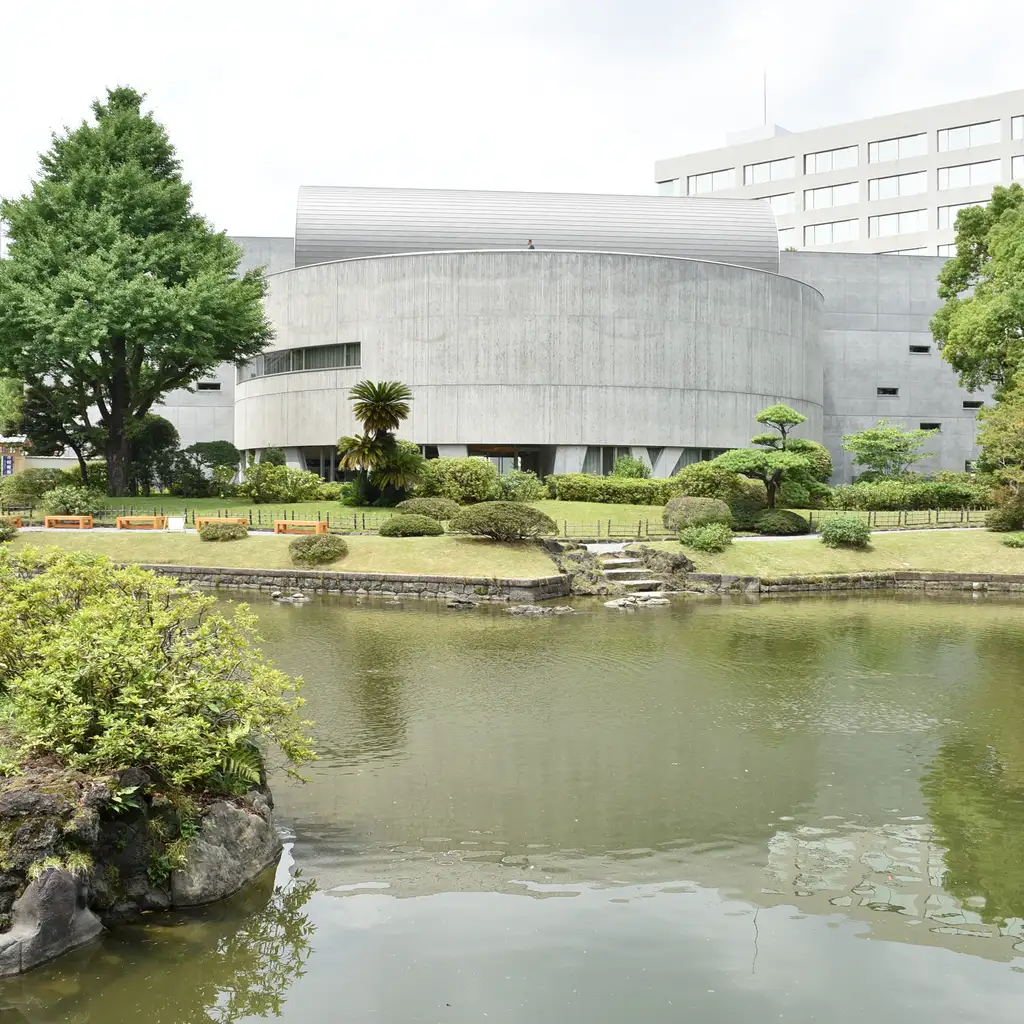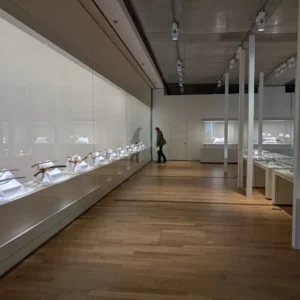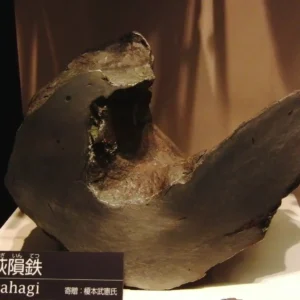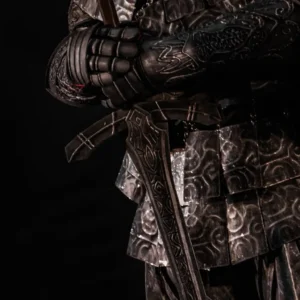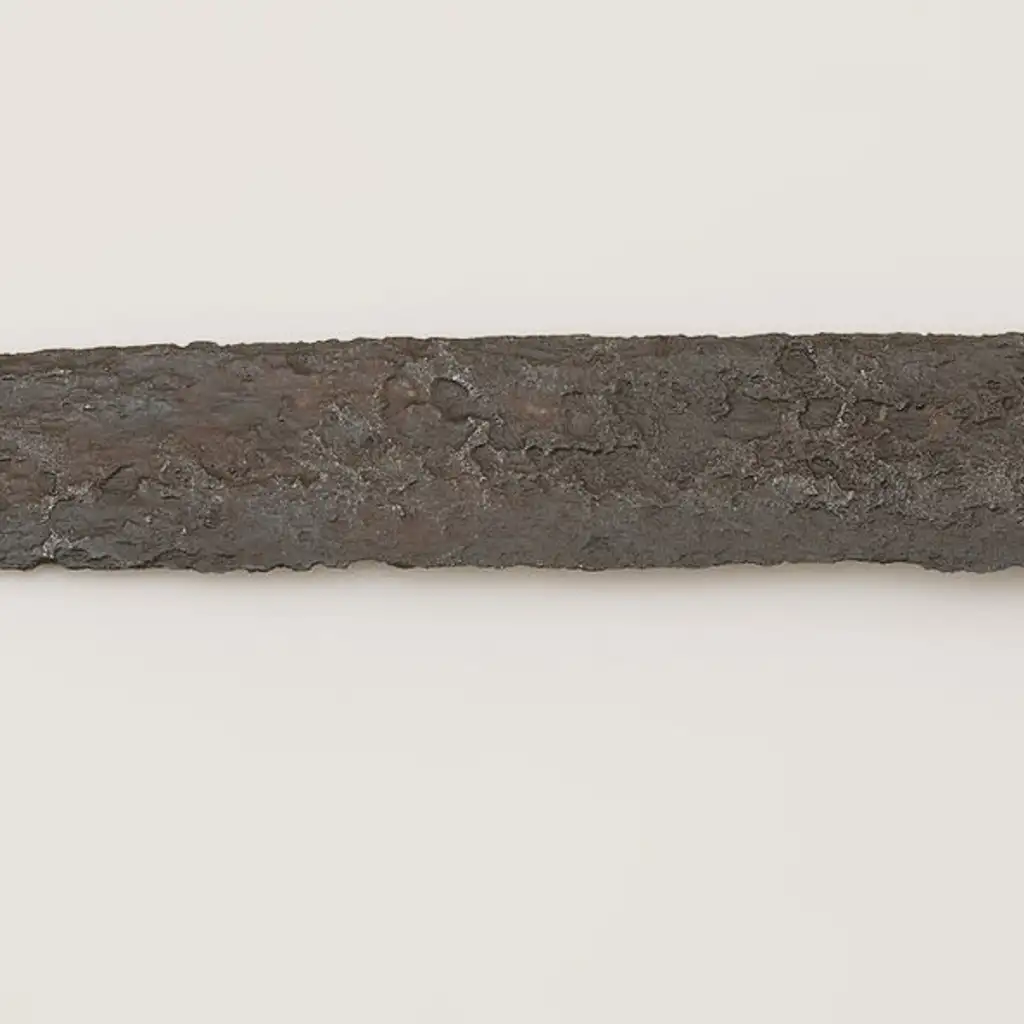The Japanese Sword Museum is a hidden gem for enthusiasts of history and swords alike, located in the very heart of Tokyo in the clattering Shibuya Ward. Located in a calm, quiet residential setting, this museum takes the visitor on a journey through time when swords were not merely weapons but also embodiments of honor and life itself. A small but significant tourist attraction with its obscure location, it has undeniably acquired a sizeable following of international touristas hoping to grasp a few threads of Japanese historical tapestry.
There is one patron of the museum who has come visiting regularly: Paul Martin, a British specialist in Japanese swords, who has made Tokyo his permanent home. With weaponry, he negotiates through the displays, each being an example of the craftsmanship and tradition of the samurai age. “I helped with most of the English translations here,” says Martin, thus underlining his existence in bringing these treasures of the museum into the world.
When Martin wanders along the museum pathways, he lives in that given moment all difference of that monument because he brings great understanding of the swords with their makers and their glorious pasts. His coming is a boon to those lucky few who may come across such as this, say, a young Western tourist watching in awe and perhaps hoping for something personal in the introduction to the mysteries of these ancient blades.
The Journey of a Sword Enthusiast
Paul’s involvement with Japanese swords began much before he stepped onto Japanese soil. His interest in the fine arts and history surrounding these weapons led him to seek a career that would eventually transport him to Tokyo. In later years, Martin became one of the most important figures in Japanese swordsmanship, gaining acclaim for his scholarly activity and conservation of this singular facet of Japanese culture.
Therefore, Martin has become a living proof of the effectiveness of the passion and perseverance determined. His knowledge is recognized internationally as well – apart from Japan itself – where he lectures and writes about the cultural and historical importance of Japanese swords. His work facilitates cross-cultural understanding and appreciation for great weapon design and weaponry.
Preserving a Legacy
As a key establishment in the preservation of the samurai lineage and its iconic blades, the Japanese Sword Museum strives to present an environment in which visitors may appreciate exhibits where sword-making techniques and different historical accounts of some of the most famous blades are illustrated through the selected works of art. With each sword presented being considered a work of art, it embodies the talent and spirit of the man who made it.
For Martin, the museum is more than a collection of artifacts; it is a living testimony to a dead age. His participation in the museum’s functions, which entails translating exhibits and guiding visitors, reveals much of his dedication to carrying on the legacy of Japanese swords for future generations’ inspiration.
Inspiring Future Generations
As the world becomes more interconnected, the imperative of cultural continuity becomes more so. The Japanese Sword Museum, assisted by experts like Paul Martin, plays an important role in this activity, an educative and inspirational one for people from all walks of life; sharing by-the-numbers stories and craftsmanship of Japanese swords have created stepping stones toward deeper understanding and appreciation of Japan’s cultural heritage.Syllable Counting Table- Original TextLevel 1 percussion by-the-numbers story: The Japanese Sword Museum-(cut): Paul Martin-steps written into this then it became heaven for from all walks of life-who would be told and bought out in stories by-the-numbers and craftsmanship of Japanese swords into deeper understanding and apprecia Cultural continuity cultural continuity. Cultural continuity becomes more imperative as the world continues to link. Paul’s help in educating and inspiring people from all walks of life with respect to the art of Japanese sword making, the museum shares those stories as well as the craftsmanship involving Japanese swords toward building greater awareness and appreciation of the Japanese cultural heritage.As the world becomes more interconnected, so becomes the need for cultural continuity. And so, between all these worlds, the Japanese Sword Museum is becoming the lawyer assisted by such experts as Paul Martin, in educating and inspiring people of all walks of life; telling by-the-numbers stories and craftsmanship of Japanese swords have created stepping stones toward even more profound understanding and appreciation of Japan’s cultural heritage. In the sound world of becoming more interconnected, cultural continuity thus becomes even more imperative. And so, between all these worlds, the Japanese Sword Museum is becoming the lawyer, assisted by such experts as Paul Martin, in educating and inspiring people of all walks of life; telling by-the-numbers stories and craftsmanship of Japanese swords have created stepping stones toward even more profound understanding and appreciation of Japan’s cultural heritage. And then, between all these worlds, the Japanese Sword Museum is becoming the lawyer, assisted by such experts as Paul Martin, in educating and inspiring people of all walks of life; telling by-the-numbers stories and craftsmanship of Japanese swords have created stepping stones toward deeper understanding and appreciation of Japan’s cultural heritage. And then, between all these worlds, the Japanese Sword Museum is becoming the lawyer, assisted by such experts as Paul Martin, in educating and inspiring people of all walks of life; telling by-the-numbers stories and craftsmanship of Japanese swords have created stepping stones toward even deeper understanding and appreciation of Japan’s cultural heritage.
The museum is an exciting chance for its visitors to step back into the samurai world. Guided tours, interactive exhibits, and plenty of chances to appreciate the swords’ beauty all present a glimpse into the intriguing historical epoch.
Therefore, both the Japanese Sword Museum and people like Paul Martin draw the spirits of samurai to modernity. In their efforts, Japanese swords continue to enchant and enlighten from generation to generation so that this significant pillar of Japan’s cultural traditions could be felt by future generations.
